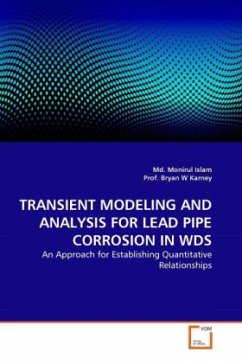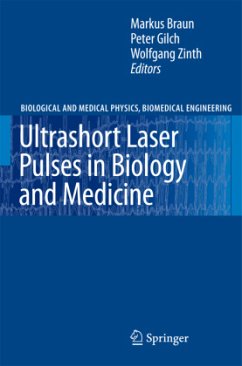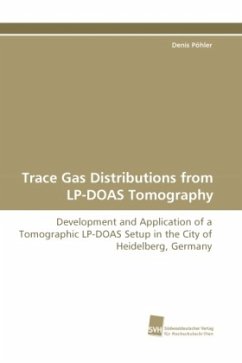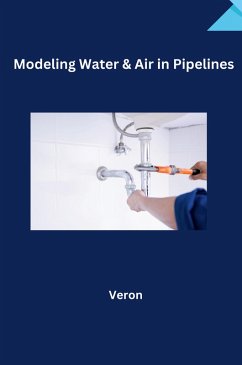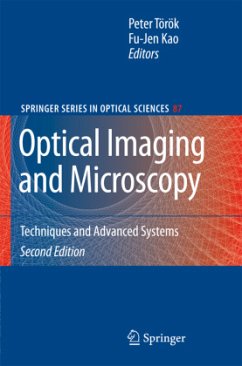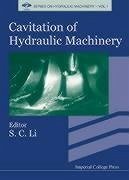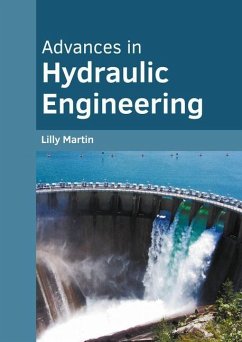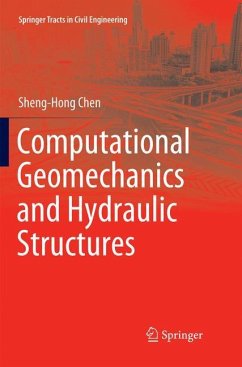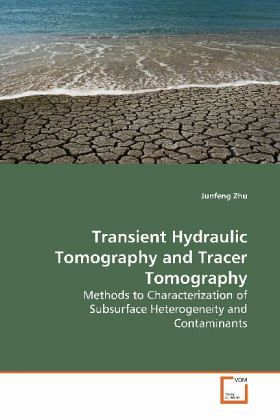
Transient Hydraulic Tomography and Tracer Tomography
Methods to Characterization of Subsurface Heterogeneity and Contaminants
Versandkostenfrei!
Versandfertig in 6-10 Tagen
32,99 €
inkl. MwSt.

PAYBACK Punkte
16 °P sammeln!
Detailed spatial distributions of hydraulicparameters are imperative to improve our ability topredict water and solute movement in the subsurface.Transient hydraulic tomography (THT) is acost-effective technique for characterizing theheterogeneity of hydraulic parameters in thesubsurface. In this study we developed an efficientsequential successive linear estimator (SSLE) forinterpreting head data from transient hydraulictomography to estimate three dimensional hydraulicconductivity and specific storage fields. We firstanalyzed the cross correlation between transient headdata and hydraulic par...
Detailed spatial distributions of hydraulic
parameters are imperative to improve our ability to
predict water and solute movement in the subsurface.
Transient hydraulic tomography (THT) is a
cost-effective technique for characterizing the
heterogeneity of hydraulic parameters in the
subsurface. In this study we developed an efficient
sequential successive linear estimator (SSLE) for
interpreting head data from transient hydraulic
tomography to estimate three dimensional hydraulic
conductivity and specific storage fields. We first
analyzed the cross correlation between transient head
data and hydraulic parameters and covariance of
transient heads using a hypothetical one dimensional
aquifer. This analysis led to an efficient way to
interpret transient heads. To more efficiently
interpret the transient head data, we developed an
estimation approach that utilizes the zeroth and
first temporal moments of well hydrographs, instead
of drawdown itself. We further extended the
hydraulic tomography concept to tracer tomography and
combine hydraulic/tracer tomography for
characterizing NAPL (Non-aqueous phase liquid) source
zones.
parameters are imperative to improve our ability to
predict water and solute movement in the subsurface.
Transient hydraulic tomography (THT) is a
cost-effective technique for characterizing the
heterogeneity of hydraulic parameters in the
subsurface. In this study we developed an efficient
sequential successive linear estimator (SSLE) for
interpreting head data from transient hydraulic
tomography to estimate three dimensional hydraulic
conductivity and specific storage fields. We first
analyzed the cross correlation between transient head
data and hydraulic parameters and covariance of
transient heads using a hypothetical one dimensional
aquifer. This analysis led to an efficient way to
interpret transient heads. To more efficiently
interpret the transient head data, we developed an
estimation approach that utilizes the zeroth and
first temporal moments of well hydrographs, instead
of drawdown itself. We further extended the
hydraulic tomography concept to tracer tomography and
combine hydraulic/tracer tomography for
characterizing NAPL (Non-aqueous phase liquid) source
zones.



